Images
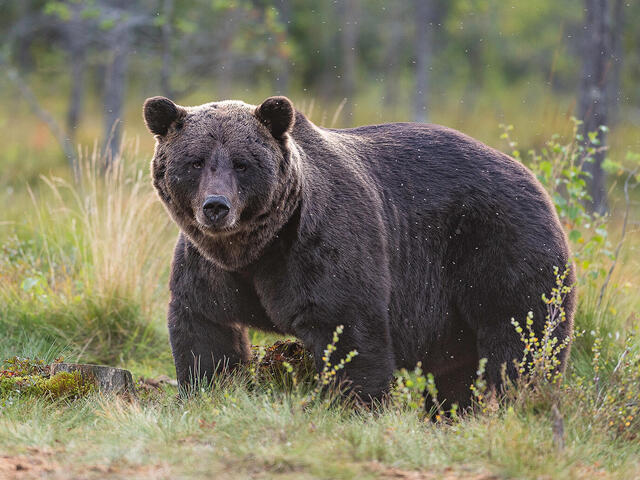
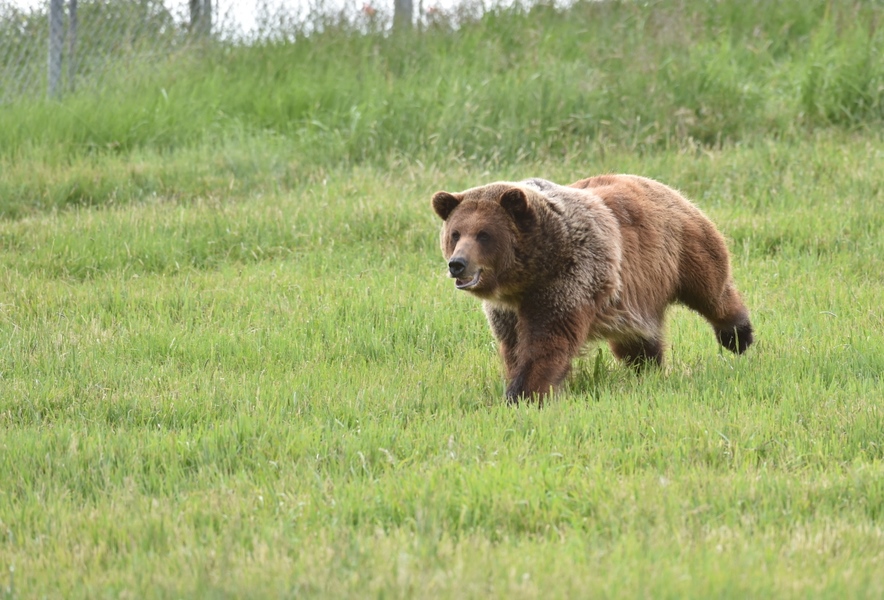
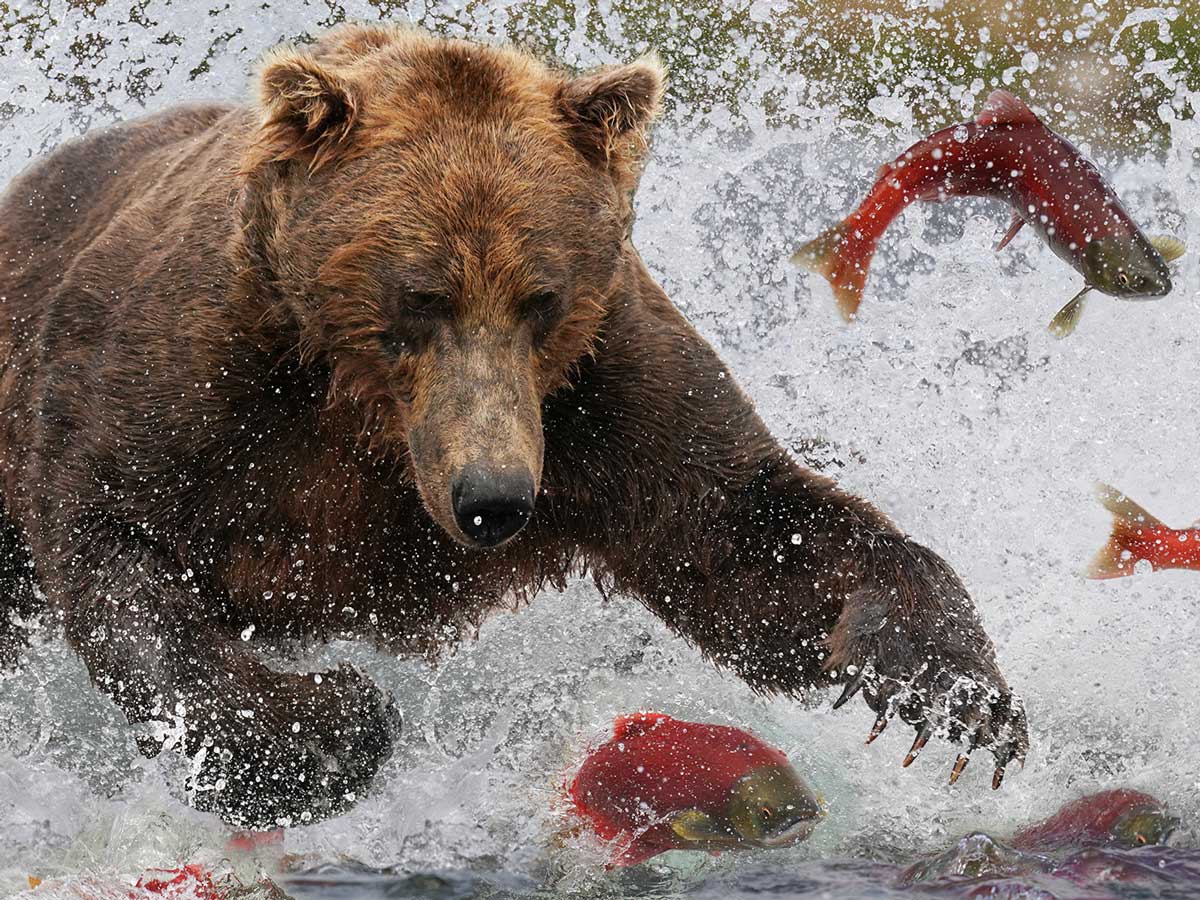
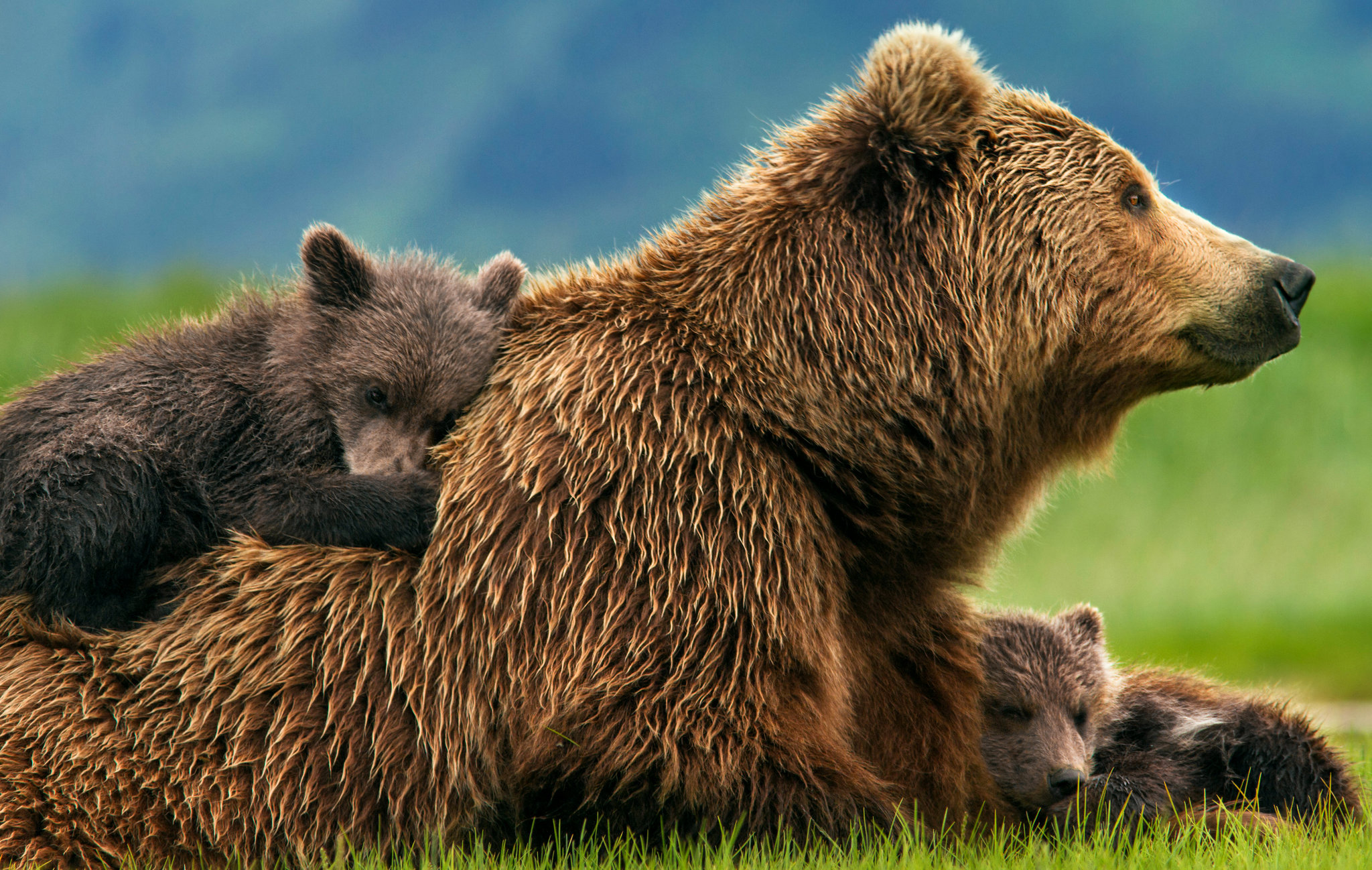
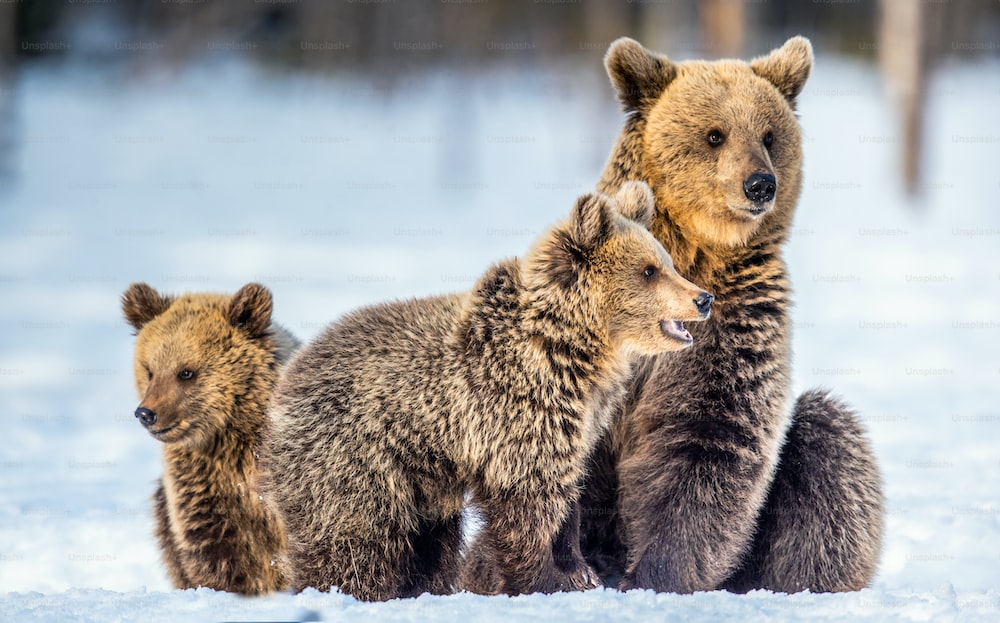
About Bear
Bears are large, powerful mammals known for their strength and adaptability. Here are some brief details about
bears, including their habitat, size, and other characteristics:
Habitat:
Bears are found on several continents, including North America, South America, Europe, Asia, and parts of Africa.
They inhabit a wide range of ecosystems, including forests, tundra, grasslands, mountains,
and even some desert regions. Their specific habitat depends on the bear species.
Size and Appearance:
Bears vary in size depending on the species.
Grizzly bears can stand up to 4 to 5 feet (1.2 to 1.5 meters) tall at the shoulder and reach lengths of 5 to 8
feet (1.5 to 2.4 meters).
Polar bears are the largest bears and can be even taller when standing on their hind legs, reaching heights of up
to 10 feet (3 meters).
Black bears are generally smaller, with heights at the shoulder ranging from 2.5 to 3 feet (0.76 to 0.91 meters)
and lengths of 4 to 7 feet (1.2 to 2.1 meters).
Diet:
Bears are omnivorous, which means they eat both plant matter and animal prey. Their diet can include berries,
nuts, fish, insects, small mammals, and occasionally larger animals like deer
or moose. Polar bears primarily hunt seals and other marine mammals.
Behavior:
Bears are solitary animals for most of the year, but they can be social during mating and when raising cubs. They
are generally known for their strength, intelligence, and keen sense of smell.
Conservation Status:
The conservation status of bear species varies. Polar bears, for example, are considered vulnerable due to the
loss of sea ice habitat caused by climate change. Other bear species,
such as black bears, may have stable or even increasing populations in some regions.
Cultural Significance:
Bears have been featured prominently in the mythology, folklore, and cultural traditions of many societies around
the world. They often symbolize different qualities and traits, such as strength, wisdom, and courage.
Hibernation:
Many bear species undergo hibernation during the winter months. During this period, they enter a state of reduced
metabolic activity, where they do not eat, drink, or excrete waste. Hibernation helps them conserve energy during
times of food scarcity.
Bear biology and behavior can vary widely among species and regions, and they continue to be a subject of
scientific study and conservation efforts due to their ecological importance and cultural significance.